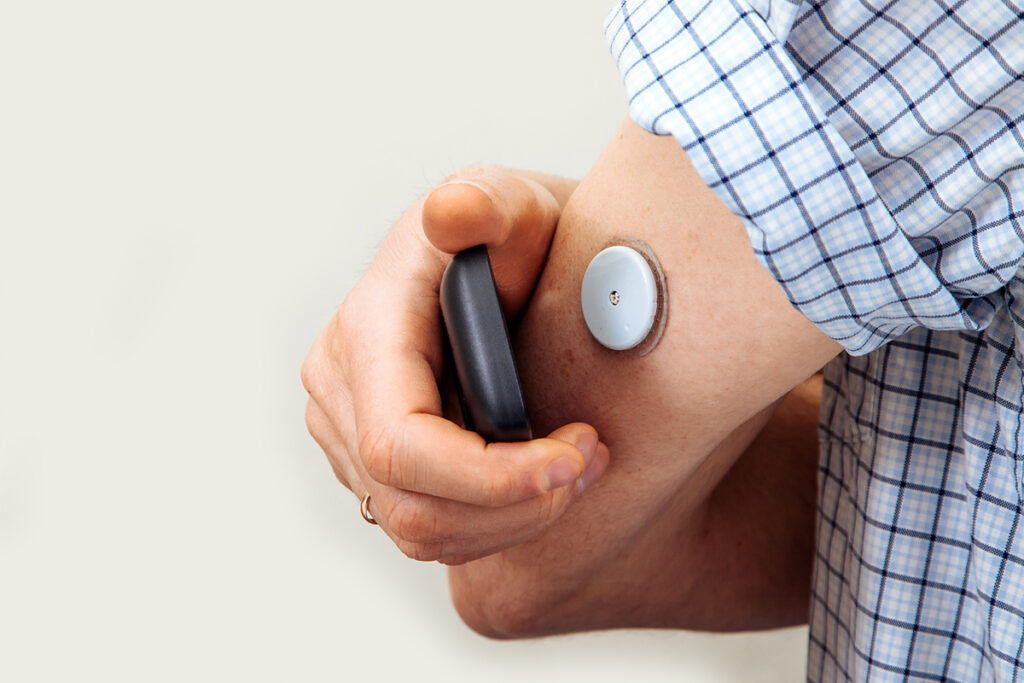Unraveling the Urban-Rural Disparities Divide in Type 1 Diabetes Care
In a recent retrospective study, the stark contrast in diabetes care for children with type 1 diabetes (T1D) residing in rural versus urban areas has come to the forefront. The focus of the investigation was on the utilization of continuous glucose monitors (CGM) during diabetes care visits, revealing a significant discrepancy in access and utilization.
Tip: Fill out this form to check if you or a friend qualify for Glucose Monitoring Devices
Understanding the Methodology: Delving into Electronic Health Records
Researchers undertook a meticulous examination of electronic health records spanning from 2018 to 2021, sourced from a singular diabetes program. The study aimed to compare the likelihood of completing a diabetes care visit with or without the integration of CGM data, dissecting the disparities across regions designated as rural-urban commuting areas (RUCAs).
Must Read CGMs in noncritical care hospitals optimizes glycemic control
Key Takeaways: Numbers Speak Volumes
Out of a total cohort of 2008 children with T1D, a substantial 67.5% (1356) were involved in at least one encounter featuring a CGM billing code. Within a pool of 13,645 visits, 40.2% (5465) were equipped with a billing code for CGM interpretation.
Breaking down the demographics, 68.2% (9308) of visits were completed by patients residing in urban areas designated as RUCA, 21.3% (2907) took place in large rural towns, 7.7% (1046) occurred in small rural towns, and a mere 2.8% (384) unfolded in isolated small rural towns.
Dissecting the Odds: Urban Dominance in CGM Utilization
The odds of a CGM-billed visit were found to be 31% lower among those residing in small rural towns (odds ratio [OR], 0.69; P = .018).
The contrast was even more pronounced in isolated small rural towns, where the odds were 49% lower (OR, 0.51; P = .025), both compared to their urban counterparts.
Read Guide about Wegovy Dosage Guide: The Best Way For Weight Loss
This adjustment factored in variables such as sex, race/ethnicity, A1c level, visit year, and insurance type.
Public insurance emerged as a notable factor, with significantly lower odds of CGM use during clinic visits compared to those with private insurance (adjusted OR, 0.58; P < .001). Additionally, Black and Hispanic children faced lower odds of CGM-billed visits compared to White children (OR, 0.48 and 0.54, respectively; both P < .001).
Also, read about Eight Insulins Move to Preferred Formulary Tier on Optum Rx
Clinical Implications: Navigating the Landscape of Pediatric Diabetes Care
The study’s findings underscore the need for heightened awareness among pediatric diabetes providers regarding the potential barriers to CGM use experienced by patients in rural areas. It urges collaborative efforts to identify and develop strategies aimed at overcoming these barriers to optimize diabetes care.
Source and Authorship: The Driving Forces Behind the Study
Conducted by Daniel R. Tilden, MD, from the Division of Endocrinology, Diabetes, and Clinical Genetics at the University of Kansas Medical Center, this study sheds light on critical aspects of pediatric diabetes care. Published on October 31, 2023, in Diabetes Care, the research aligns with the ongoing efforts to bridge gaps in healthcare accessibility.
Addressing Limitations: Acknowledging Constraints in the Study
While the study presents valuable insights, certain limitations should be acknowledged. The accuracy of billing codes may be subject to scrutiny, and technical challenges in data retrieval could have affected coding. Mobility of patients and the disruptive impact of the COVID-19 pandemic on clinical care add further layers of complexity to the study’s scope.
Funding and Disclosures: Transparent Financial Backing
The study received funding from the National Institutes of Health, the National Institute of Diabetes and Digestive and Kidney Diseases, and the Vanderbilt Diabetes Research and Training Center. Importantly, the authors disclosed no further financial relationships, ensuring transparency in the study’s financial backing.
In conclusion, this comprehensive analysis of urban-rural disparities in continuous glucose monitor utilization emphasizes the need for targeted interventions and collaborative efforts in pediatric diabetes care.
As the healthcare landscape continues to evolve, bridging gaps and ensuring equitable access to innovative technologies remain paramount in providing optimal care for children with type 1 diabetes.


